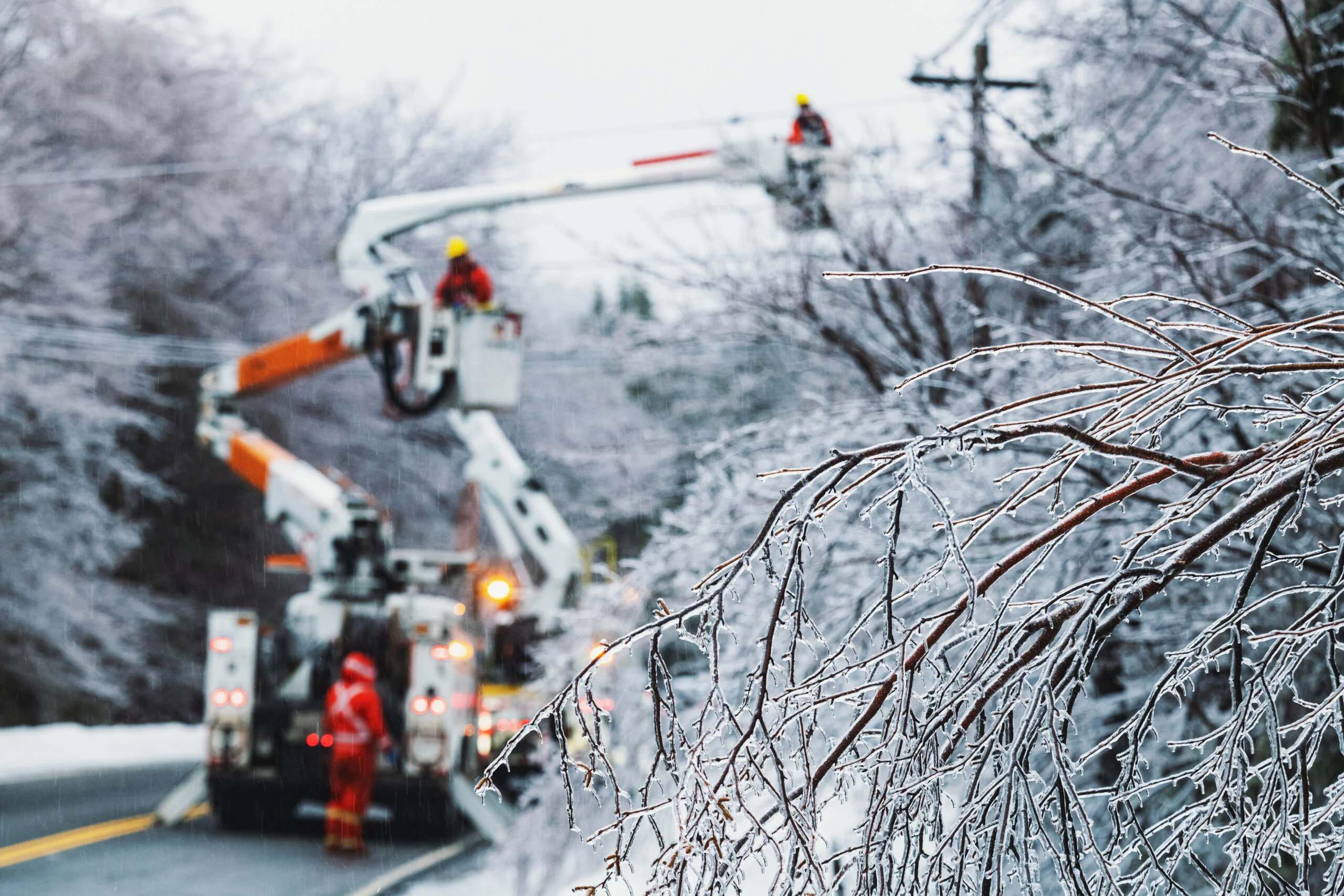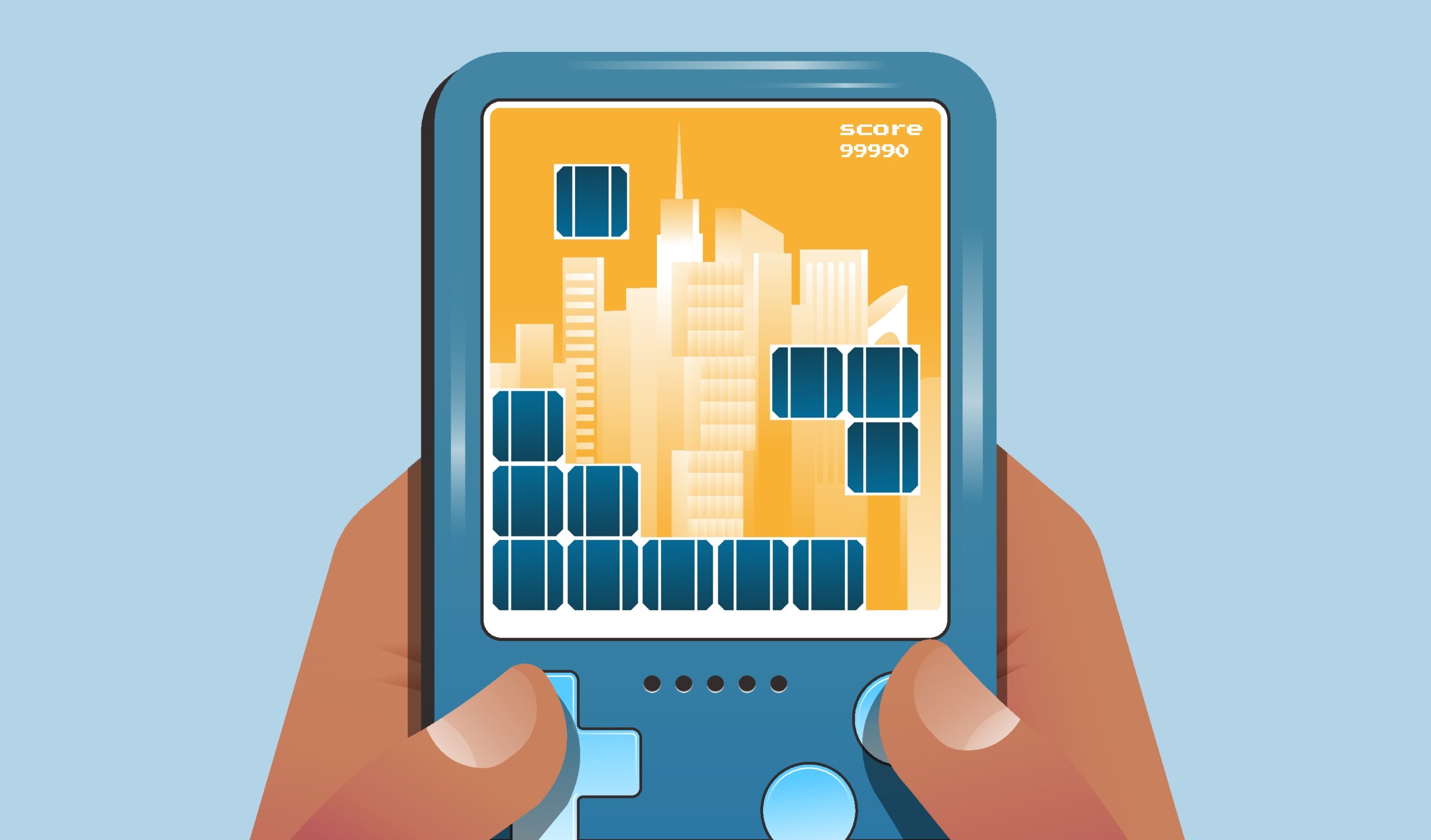Utilities across the US are positioning themselves to manage customer demand in concert with supply-side resource portfolios. Demand flexibility programs like demand response (DR) are nothing new of course. Interruptible rates for industrial customers have been reliable tools for grid operators to reduce demand in times of grid stress for decades. However, the idea of residential and small commercial demand control using “grid-edge” distributed energy resource (DER) devices such as thermostats, water heaters, EV charging, rooftop solar, and battery storage is relatively new in the world of utility planning.
Resource Planning & Demand Flexibility
Until recently I led the resource planning consulting practice at Ascend Analytics. Now I work at Wartsila, a leading manufacturer of reciprocating engines for power plants and ships as well as utility-scale battery storage. I advocate for policies and utility planning that will achieve decarbonization cost-effectively and reliably. I regularly meet with resource planners across the country and speak to them about their planning challenges.
– David Millar, Principal for Markets, Legislative, and Regulatory Policy at Wärtsilä North America
In my view, demand-side solutions are an increasingly important tool to supplement grid-scale power generation. Yet despite significant potential, most utilities remain hesitant to fully embrace demand flexibility initiatives. While there are certainly barriers to deploying more controls on demand, none are insurmountable. Resource planners often hold the key to decision-making at utilities. They use computer models to select which resources the utility should invest in to balance their goals of reliability, sustainability, and affordable rates; helping them understand the benefits of demand flexibility will go a long way toward achieving this goal.
The Potential of Demand Flexibility Resources
Grid operators are responsible for keeping power supply and demand in balance around the clock. From the initial inception of electric utilities more than 100 years ago, electricity demand was simply treated as fixed at any given time. Since supply always followed demand, utility planning was straightforward: build enough generation to meet that demand.
When demand is highest, typically during the hottest days, grid operators mostly rely on their fleet of dispatchable generators. In the event demand outstrips supply, they are forced to shed load in the form of rotating outages. Rotating outages spread the pain of an outage to everyone equally. While that may sound fair, it is economically inefficient. Customers with a very high value of lost load, such as hospitals, are grouped with customers of a comparatively negligible value of lost load, such as unoccupied vacation homes. If only there was a way to shed load with more surgical precision and pay program enrollees with a commensurate payment for their participation.
Enter demand response and other demand flexibility initiatives. Customers can volunteer to reduce their energy consumption in exchange for a payment, and the signal to shed can be sent through the internet or cellular network instead of the utility simply cutting the circuit to your neighborhood. Clipping the very peak of demand could in theory avoid building a costly, seldom-used, gas-peaking asset. Reducing demand may also deliver the co-benefits of reducing or delaying spending on transmission and distribution (T&D) assets.
Virtual Power Plants to the Rescue!
A recent Brattle study suggests that a virtual power plant (VPP), essentially a portfolio of demand response assets, could be more cost-effective than a traditional peaker plant or a grid-scale battery when taking into account T&D and greenhouse gas (GHG) emissions reductions. Another Brattle study identified nearly 200 gigawatts (GW) of cost-effective load demand flexibility potential in the U.S. by 2030. This load flexibility potential, which equates to 20% of the estimated U.S. peak load in 2030, is more than triple the existing demand response capability and would be worth more than $15 billion annually in avoided system costs.
The Reality of Demand Response in Resource Planning
Despite its promise, the adoption of demand response has been underwhelming so far. California is by far the leader in adopting DR, putting it first in their loading order of preferred resources, but California has seen the load-reduction capacity in demand response programs decrease, from about 2,000 megawatts (MW) in 2015 to about 1,600 MW today. That is only about 3% of the annual peak demand of 50,000 MW, falling far short of California’s DR’s potential.
The utility resource plans that I encounter typically expect only modest DR growth. Many include DR as a reduction to their load forecast rather than a program that can be selected by their planning model to be included in a cost-effective and diverse supply portfolio. Why is that?
In the resource planning process, modeling DR is more challenging than modeling physical infrastructure. Planners want to know how many megawatts of DR can be reasonably delivered by a certain date at a certain price. Utilities know from decades of experience how to build a power plant with X megawatts by Y date at Z cost. Enrolling participants in demand flexibility programs and reliably dispatching load reductions whenever needed is perceived as a more complicated and uncertain approach.
For utilities to procure DR, they need to understand how much technical, economic, and achievable DR is available in their service territory. Demand-side management (DSM) potential studies provide the inputs for utility resource planning models, but they are only sometimes performed regularly. Often when stakeholders ask why more demand flexibility isn’t selected in a resource plan, I hear the utility say that they don’t have the studies to support it.
Further Challenges to Demand Flexibility Adoption
According to a recent U.S. Department of Energy (DOE) report on VPPs, “Complexity and fragmentation has contributed to a lack of confidence in the dependability of VPPs among utilities, which has in turn led to many years of collecting data with pilots that – despite their success – have yet to scale up.” Utility planners typically have conservative, engineering mindsets, putting reliability above all else. To be more widely embraced, VPPs must prove that they are a reliable replacement for supply-side peaking assets.
Another issue is compensation for load reductions, which doesn’t always reflect the value of the customer’s contribution. For example, a smart thermostat program may pay a single annual $50 bill credit. Wholesale energy markets at times of grid stress can pay generators upwards of $2 per kilowatt-hour (kWh), almost 20 times what residential customers typically pay for electricity. Yet in most states, the end customer cannot get paid similarly for their load reductions or battery discharge.
Overcoming Barriers to Fully Embrace DR’s Potential
While there are many challenges, none of these barriers are insurmountable. Below are a few ways for utilities to maximize the potential of DR.
- Conduct regular DSM potential studies as well as requests for proposals to DR providers to get current program pricing. These studies can be performed before a utility resource plan filing so that the studies’ results are input into resource plan modeling.
- Utility planners need to trust the reliability of a demand-side solution. DR providers can provide data to answer common utility questions like: How many customers do you expect to enroll in your solution and by when? How many megawatts of load reduction will be reliably delivered and at what frequency? Are the load responses durable no matter how many events are called?
- Utilities should compensate customers for the full stack of value their devices provide. Understanding whether DR programs save other customers money through the reduction of T&D spending is a critical piece of the puzzle. For wholesale markets, the Federal Energy Regulatory Commission (FERC) issued Order 2222 which directs energy markets to allow utilities and DR aggregators to bid demand response. This may ultimately allow direct compensation from peak prices to customer devices.
Conclusion: Achieving More Demand Flexibility Requires Mastering the Resource Planning Process
As one of several demand flexibility initiatives, demand response is an important tool in any utility’s resource portfolio, especially as the push for renewables requires more flexibility on both the supply and demand side. I believe the supply and demand side can work together toward building a future grid that is cleaner as well as more reliable, resilient, and affordable.





